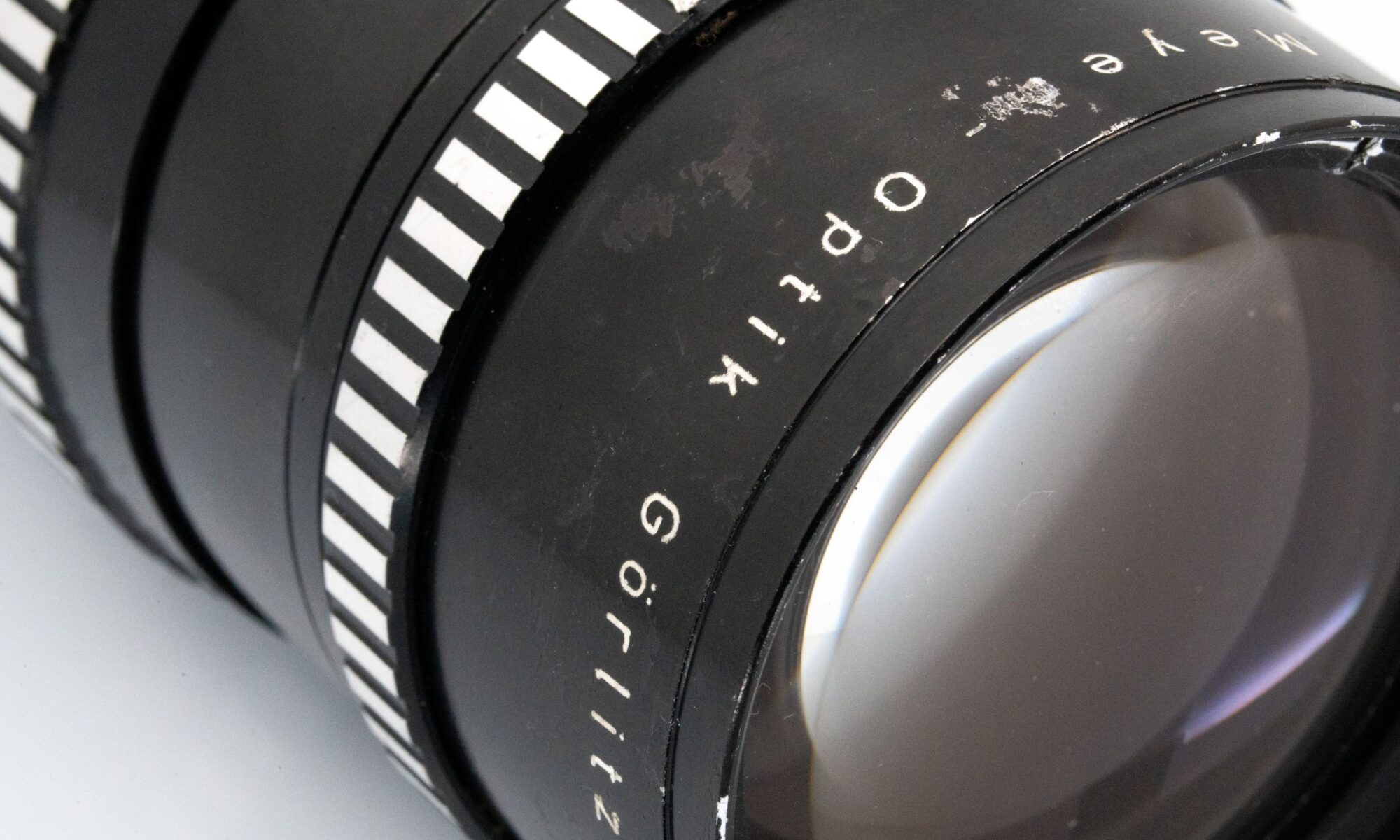There is no huge market for 200mm prime lenses. We see the 200 mm more often as the closing end of a zoom lens, which distance is very popular for portraiture and product photography as well as nature and wildlife imagery. But as a standalone lens, you probably don’t put it that quickly in your camera bag. Too bad, because the world looks interesting from that focal length and it is easy to test with, e.g., the review of this fantastic vintage Orestegor from Meyer Görlitz.
Meyer (Optik) Görlitz still exists in 2023. It is still in German hands, just as at its beginning in 1896 when Hugo Meyer and Heinrich Schätze founded the “Optisch-Mechanische Industrie-Anstalt Hugo Meyer & Co.” in the east german city of Görlitz. Together with Carl Zeiss Jena they belonged to the prominent lens manufacturers in the thirties of the last century, especially because they provided for the vey popular and common Exakta camera of Ihagee. After the second World War many lenses from Meyer-Optik were regularly awarded the highest quality predicate for German Democratic Republic products. But similar as other brands Meyer-Optik was integrated into the famous VEB Pentacon combination, which caused the name to disappear after 1971. In the mid-1980s, the VEB Carl Zeiss Jena took in turn VEB Pentacon over and thus also Meyer-Optik. But after the German reunification in 1989, Meyer-Optik was separated from the Carl Zeiss Jena combination and was relaunched as “Feinoptisches Werk Görlitz GmbH”. But this turned out commercially dramatic and in 1991 production and sales ceased until 2014, after which lens production was cautiously revived, eventually with a more solid homebase in the company Optical Precision Components Europe in Bad Kreuznach. Interesting is that existing lenses were optimized, in large part even completely newly developed and the idea and quality of Meyer Optik Görlitz was filled with new life.
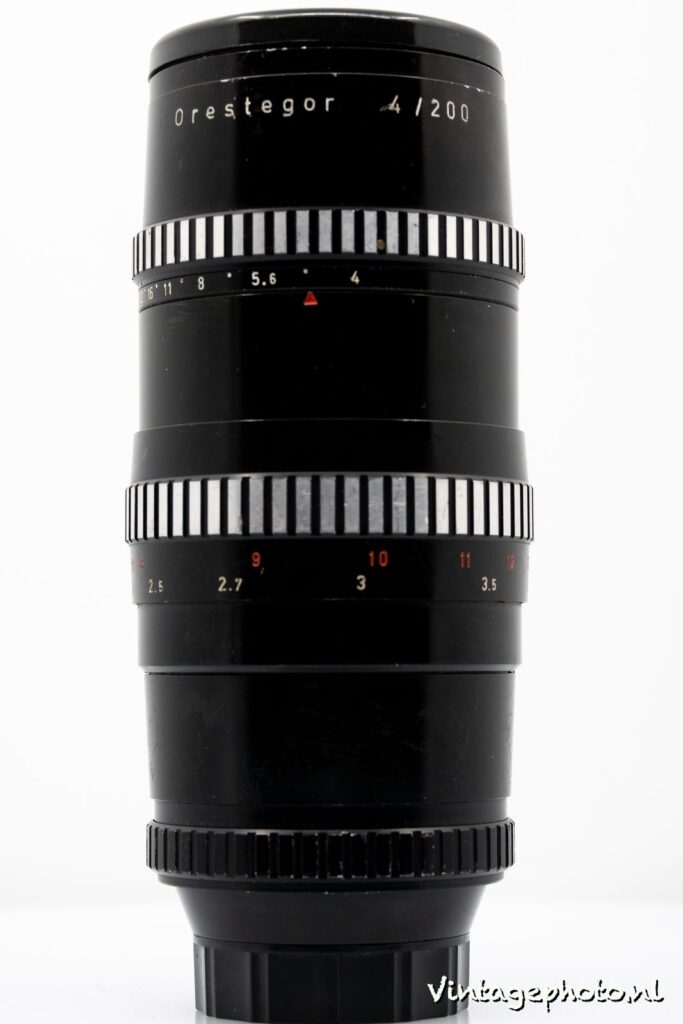
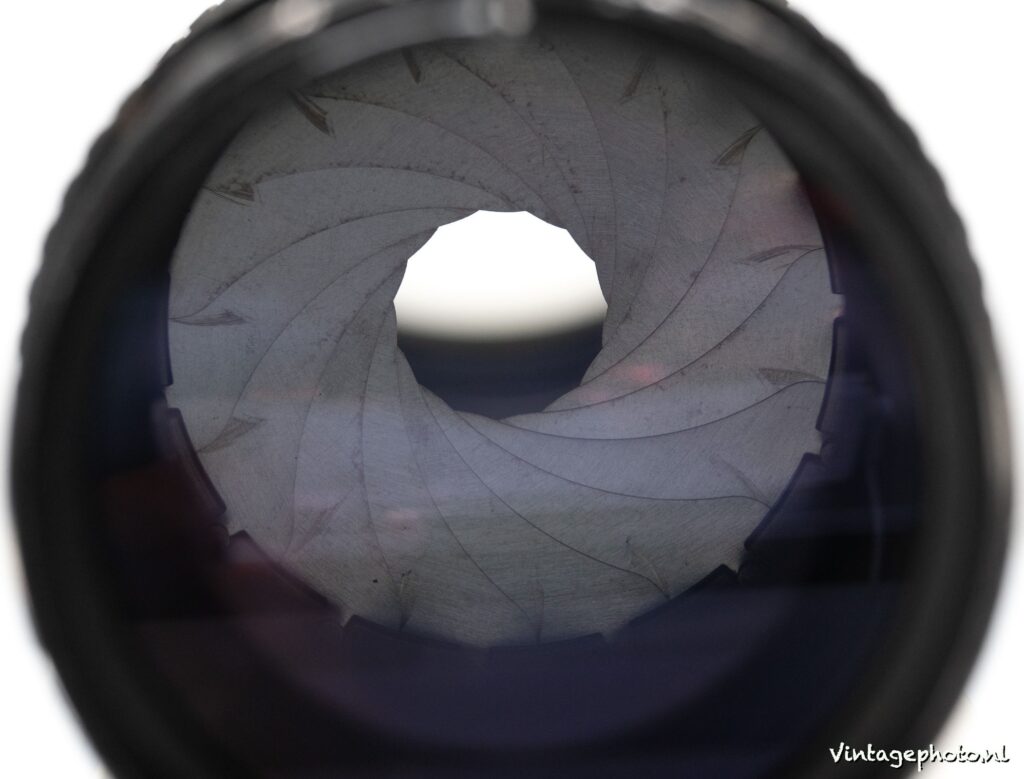
But what was it all about? Lenses, mostly fast triplets to be precise which is a compound lens consisting of three single lenses. They made more than 35 lenses (from 29 to 500mm) for cameras and cinema projectors. The most famous were the Domiplan, Oreston, Orestegon, Orestor, Orestegor, Lydith. In 1922 their kino-plasmat F.1,5, designed by dr. Paul Ruldoph, is considered as the for that time fastest lens, the holy grail of Meyer Goerlitz with ‘one-of-a-kind bokeh’. The lenses were known for their powerful performance and exceptional bokeh and very often copied by especially the Russian Helios lenses. You heard of a ‘Swirly Bokeh’? The legendary Zeiss Biotar 58mm f2 was the exceptional lens that created this very unique, distinct bokeh that was successfully copied by the meanwhile as well legendary Russian copy, the Helios 44M-4 58mm f2 lens, produced in the millions, and probably the most widely produced analog lens in the world.
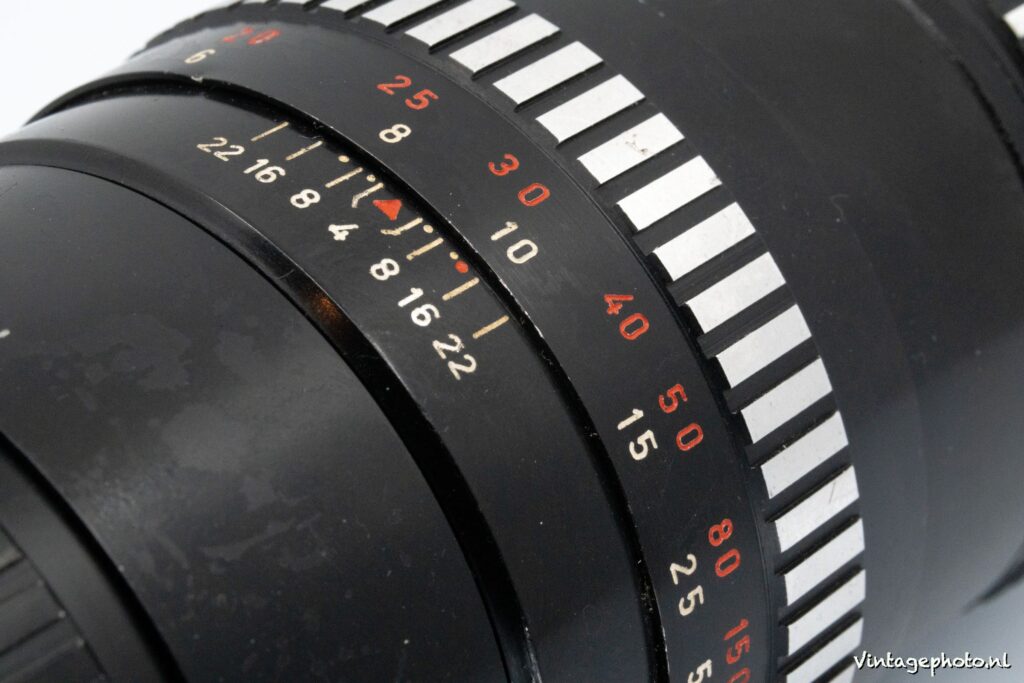

The famous lens designer Merté created the Biotar at Carl Zeiss. It was the successor of the Planar lens for the Kine EXAKTA 35mm camera. “For the mathematical calculation of the Car Zeiss Biotar 58mm f2, 480 calculation steps were necessary, which resulted in a manuscript of 3200 pages closely described with numbers, on which 2 “human computers” worked for 3 years (Source).
Back to the Orestegor. During the 1960s Meyer introduced lenses with interchangeable adapters for different camera types. The first such a lens was this Orestegor 4/200, which could be mounted on Exakta Varex, Exa II, Pentacon, Praktina and Praktica 35 mm cameras with applicable adapters. The lens itself is made entirely of metal and feels very sturdy and solid. The whole thing weighs a whopping 600 grams, so you’ll need both hands or a tripod to work with the lens. It is a nice looking lens with the typical metal ”zebra” pattern on the focus and aperture grip. The lens features impressive 15 rounded aperture blades and also has a preset-aperture function. The aperture goes up from F4 to F22. The lens produces good, sharp images. Sharpness decreases with smaller stops only slightly toward the edges. So, sharpness is already very good from F/4 and increases to between F/5.6-F/8 and then remains sharp. There is little or no vignetting or distortion.
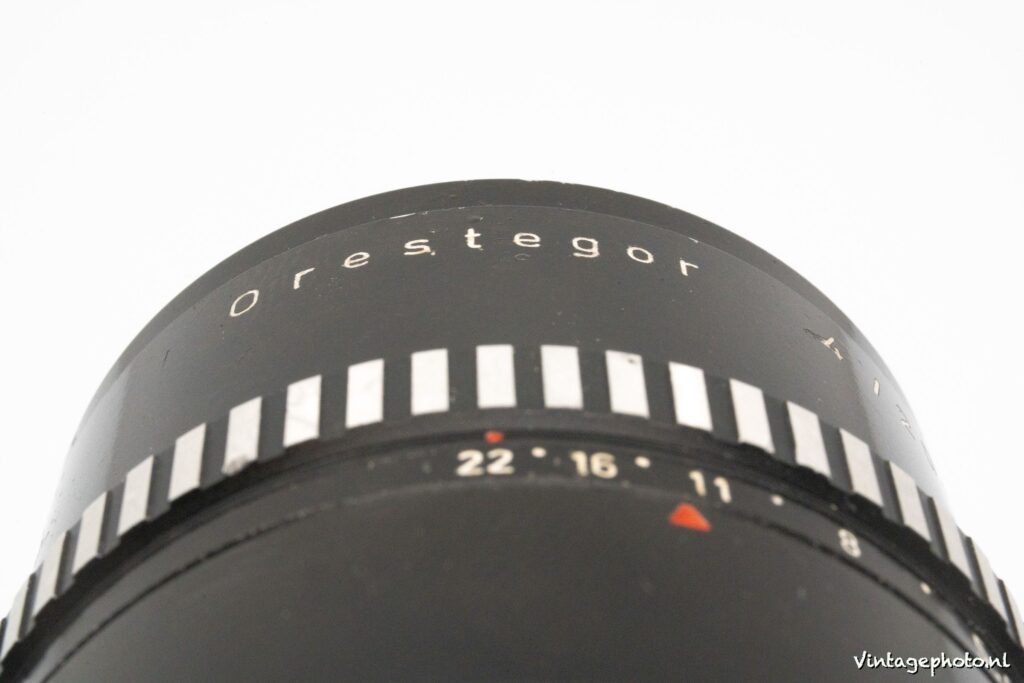
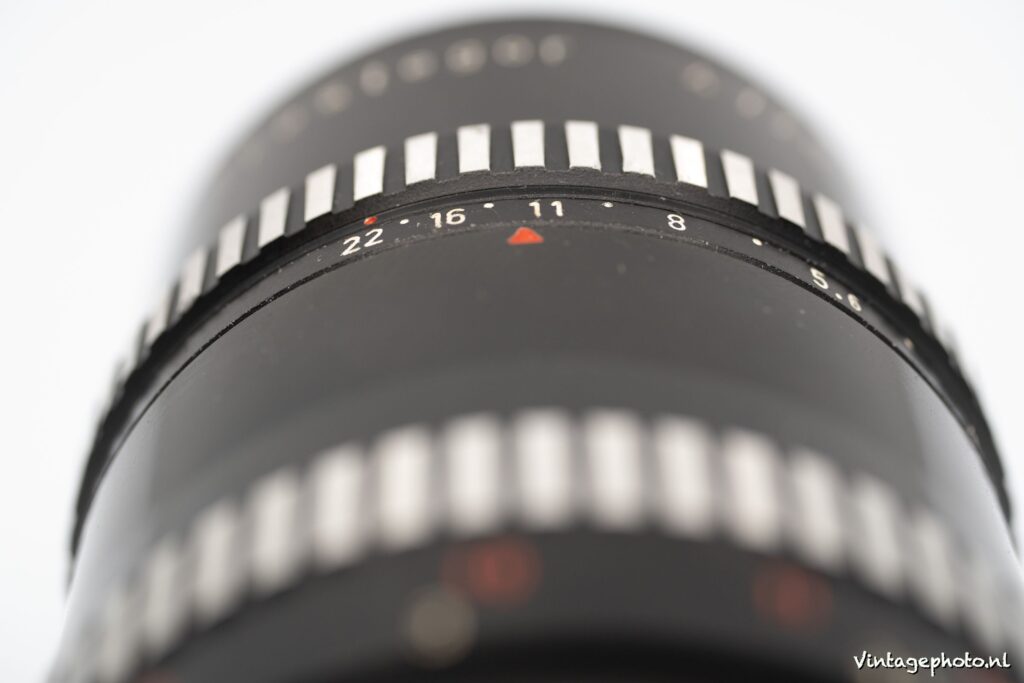

The bokeh balls produced by this lens are very soft and round. Also there is less swirley bokeh due to the focal distance from the subject to the background, the bokeh is really buttery smooth as shown in the pictures. The blurred background is also not crowded as in other MG optics and so it does not distract too much from the subject.

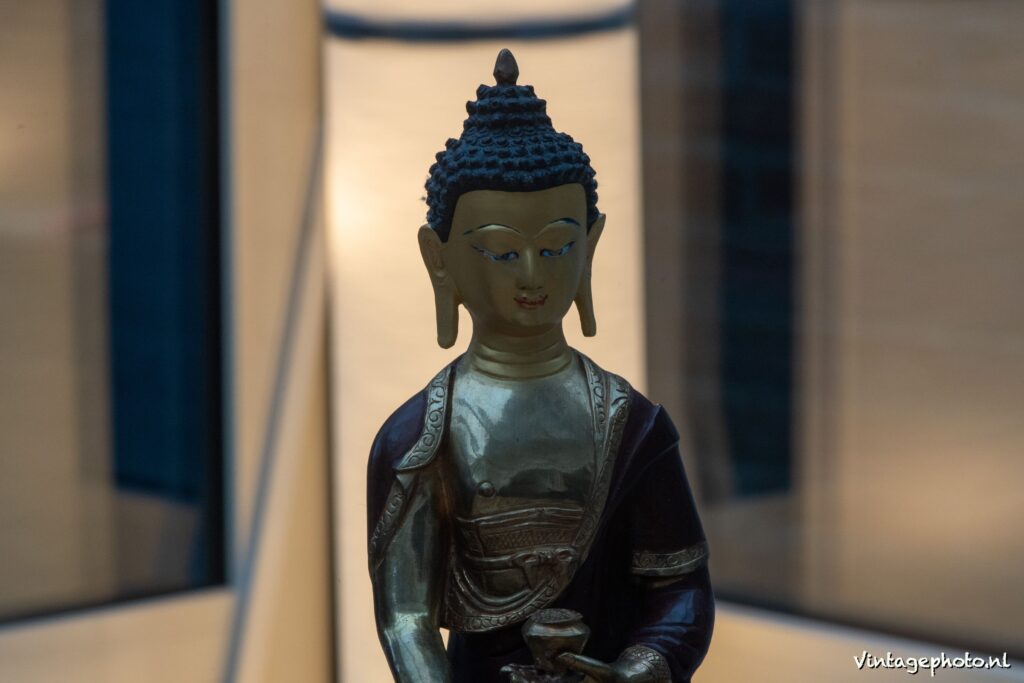
The color rendition of the lens is very contrasty. The lens produces nice warm colors, but not overly warm as many vintage lenses tend to. Color reproduction is a kind of neutral and if needed can be corrected in post. However, you do need to stay pretty far away from your subject, at least about three meters. At the same time, at 200mm it’s not really a telephoto lens for birdwatchers or other nature photography either. Then you come up short. But so also for product photography the lens does not really lend itself. It is a lens that seeks its objects between near and far. But what are they? First of all, it is a very safe and beautiful distance for portrait photography. Faces are rendered very naturally by this ‘right’ focal distance for faces and at the same time pasted on a very soft background. Secondly, this merging of background and subject also applies to objects and landscapes. There is less space / depth between them and everything in the picture becomes more involved which gives a special perspective that you otherwise don’t achieve with shorter focal distances.
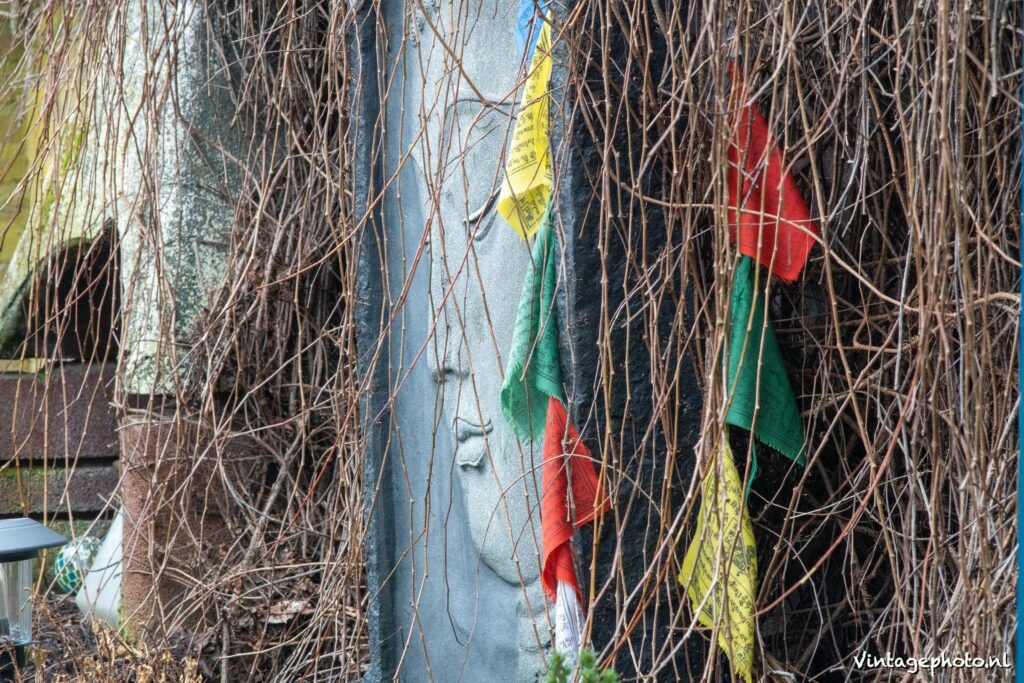
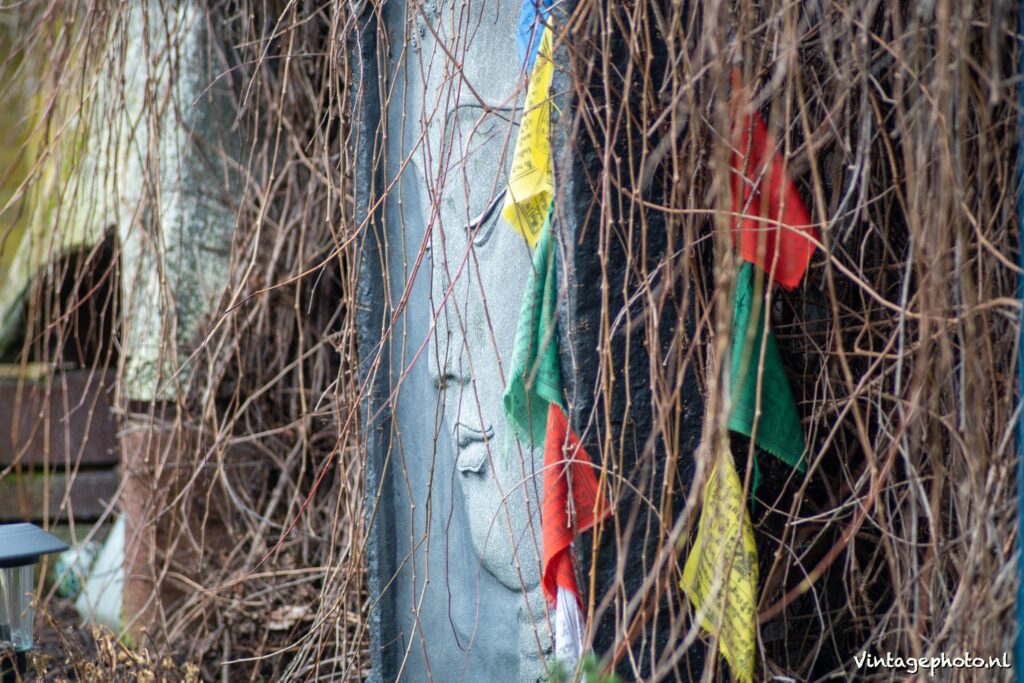
To experience what a 200mm can do as a prime lens, challenge yourself and take just this lens on a photo shoot. It forces you to explore and learn to appreciate all the possibilities from a different perspective. Nowadays, on modern digital cameras it does not matter if the lens is ‘slow’, this is sufficiently compensated by both the high ISO capabilities and the image stabilization allowing long shutter speeds to be taken out of hand. At F4 this lens produces fantastic bokeh and even at F5.6 I still noticed nice, soft blur.
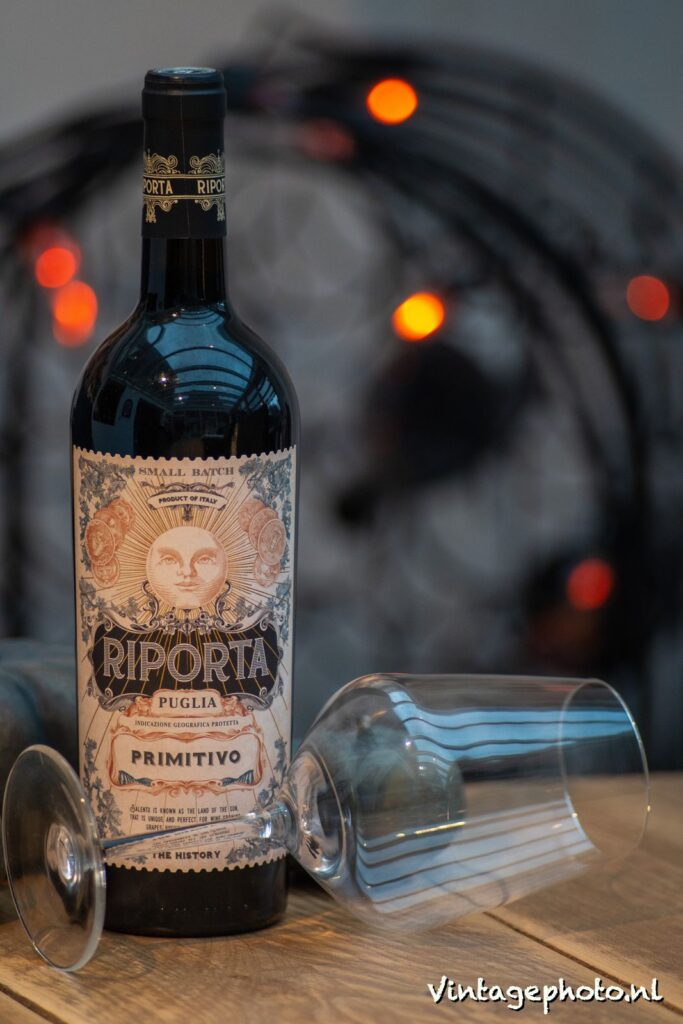
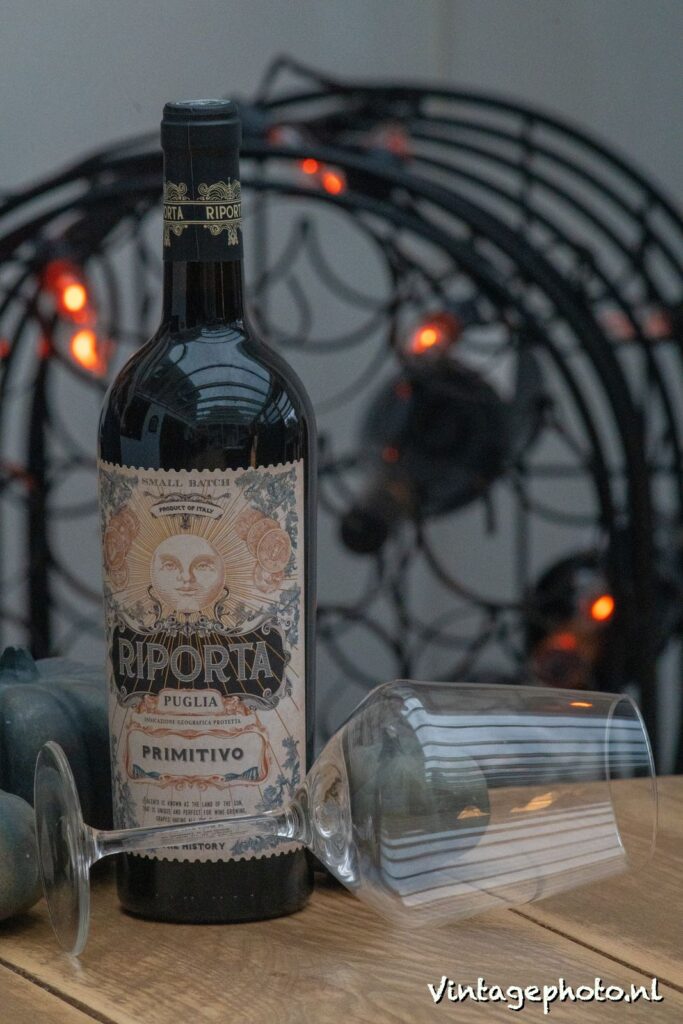
Meyer Görlitz’s entire collection is widely available online at sometimes cheap or reasonable prices, except for the expensive Primoplan 50mm/1.9 or the Kinoplan (5 number prices). The can be yours for around Euro 50-70 in M42 or Exakta mount (which all can be adapted to modern digital cameras). And should you run into some dirty glass, these lenses are relatively easy to dissemble and assemble, with some patience and skill. And should you opt for a brandnew, high quality digital lens from Meyer Görlitz, the Trioplan, Primoplan and Lydith are still being produced and sold by Meyer Optics Görlitz.

